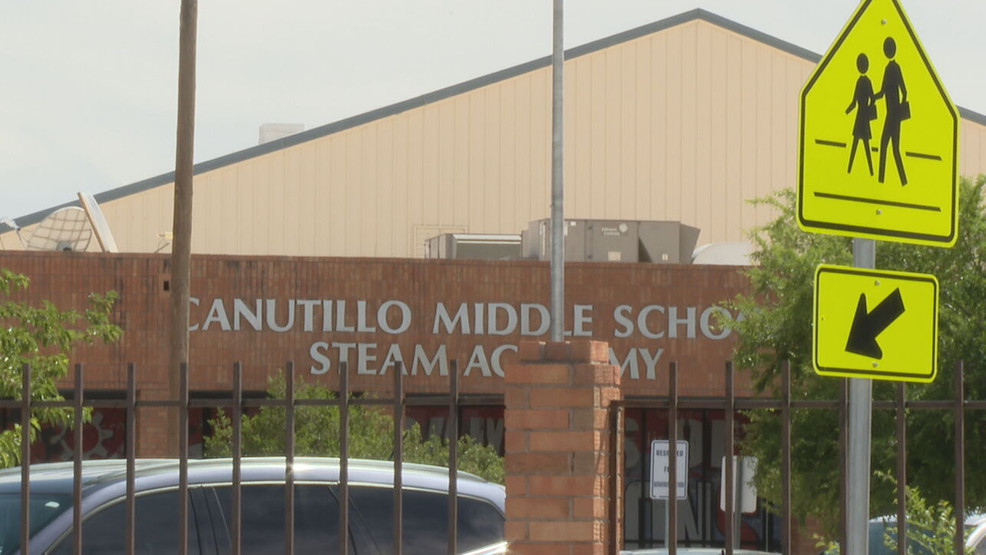The Bust Of College Boom Towns: How Falling Enrollment Affects Local Economies

Table of Contents
The Economic Engine of College Boom Towns
College boom towns historically relied on the significant spending power of their student and faculty populations. This influx of people created a vibrant local economy, supporting numerous businesses and services. However, falling enrollment dramatically alters this dynamic, leading to widespread economic consequences.
Reduced Spending Power
Fewer students mean less money circulating within the local economy. This reduced spending power directly impacts the revenue of local businesses. The ripple effects are significant and far-reaching.
- Decreased demand for rental properties: Vacancies increase, leading to lower rental income for landlords and property owners. This can trigger a decline in property values and tax revenue.
- Reduced sales at local businesses: Businesses catering to students, such as bookstores, cafes, bars, and restaurants, experience a sharp drop in sales, forcing some to close.
- Lower tax revenue for local governments: Reduced sales tax revenue and property tax revenue directly impact the budget of local governments, leading to potential cuts in essential services.
Job Losses in Related Industries
The decline in student population translates to job losses across various sectors directly and indirectly related to the college. This isn't limited to the university itself; it extends to the wider community.
- Layoffs in university departments: Faculty and staff reductions are common as universities adjust to lower enrollment numbers.
- Reduced demand for construction workers: Fewer students mean less demand for new student housing and related construction projects.
- Decline in employment opportunities in retail and hospitality: Businesses dependent on student patronage face reduced demand and are forced to cut staff.
The Ripple Effect on Local Infrastructure
The economic downturn caused by falling enrollment has a significant ripple effect on local infrastructure and public services. The consequences are far-reaching and affect the entire community, not just students.
Strain on Public Services
Lower tax revenue directly impacts the funding available for essential public services. This can lead to difficult choices and potential cuts.
- Reduced funding for K-12 schools: This impacts student-teacher ratios, program quality, and overall educational opportunities for the entire community.
- Cuts to public transportation: Reduced funding can lead to service reductions, impacting commuting and access to essential services for residents.
- Deferred maintenance on infrastructure: Budget constraints may force the postponement of crucial maintenance on roads, bridges, and other infrastructure.
Property Value Decline
Reduced demand for housing near the college leads to a decline in property values, affecting homeowners and the overall tax base. This creates a vicious cycle of economic decline.
- Lower property tax revenue for local governments: This further exacerbates budget constraints and limits the ability of the local government to provide essential services.
- Difficulty for homeowners to sell their properties: Lower demand makes it harder for homeowners to sell their properties at fair market value.
- Increased financial burden on property owners: Decreased property values can increase the financial burden on homeowners, potentially leading to foreclosures.
Strategies for Adapting to Falling Enrollment
College boom towns need to proactively adapt to falling enrollment to mitigate the negative economic impacts. This requires a multi-pronged approach focusing on diversification and attracting new residents.
Diversification of the Local Economy
Reducing reliance on the college as the sole economic driver is crucial. This requires attracting diverse industries and businesses.
- Targeting specific industries: Identifying industries aligned with local resources, skills, and infrastructure is essential for attracting new businesses.
- Investment in infrastructure: Improving infrastructure, such as high-speed internet access and transportation, is critical for attracting new businesses and residents.
- Collaboration with regional economic development organizations: Working with regional partners can help attract businesses and investment to the community.
Attracting Non-Student Residents
Developing amenities and initiatives to attract families and other residents can help stabilize the local economy and mitigate the impact of declining enrollment.
- Improved housing options: Providing a variety of housing options to attract families and young professionals is crucial.
- Development of recreational facilities and community events: Creating a vibrant and attractive community through recreational opportunities and events can attract new residents.
- Investments in infrastructure: Improving roads, broadband access, and other infrastructure can make the community more attractive to new residents and businesses.
Conclusion
The decline in college enrollment poses a significant challenge to the economies of college boom towns. The reduced spending power of students, job losses, and strain on public services create a devastating ripple effect. However, by diversifying their economies, attracting non-student residents, and proactively adapting to changing demographics, these towns can mitigate the negative impacts of falling enrollment and build a more resilient future. Understanding the multifaceted impact of declining college enrollment on local economies is crucial for effective planning and proactive strategies to revitalize these communities and ensure their long-term prosperity. Learn more about the complexities of navigating the effects of falling enrollment in college boom towns and find resources to help your community adapt.

Featured Posts
-
 Funbox Mesa Arizonas First Permanent Indoor Bounce Park
May 21, 2025
Funbox Mesa Arizonas First Permanent Indoor Bounce Park
May 21, 2025 -
 I Epistrofi Toy Giakoymaki Sto Mls Pithanotites Kai Senaria
May 21, 2025
I Epistrofi Toy Giakoymaki Sto Mls Pithanotites Kai Senaria
May 21, 2025 -
 From The Mountains To The Med A Self Guided Walking Tour Of Provence
May 21, 2025
From The Mountains To The Med A Self Guided Walking Tour Of Provence
May 21, 2025 -
 Why Did D Wave Quantum Inc Qbts Stock Price Increase This Week
May 21, 2025
Why Did D Wave Quantum Inc Qbts Stock Price Increase This Week
May 21, 2025 -
 Lady And The Tramp Cubs Fans Share A Hot Dog Kiss At Wrigley Field
May 21, 2025
Lady And The Tramp Cubs Fans Share A Hot Dog Kiss At Wrigley Field
May 21, 2025
